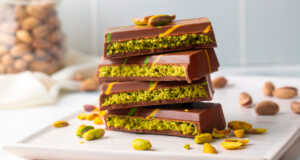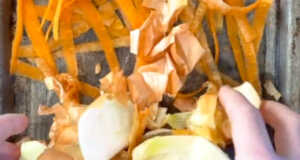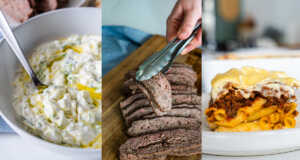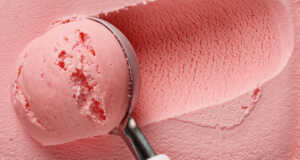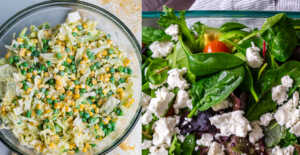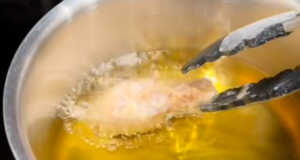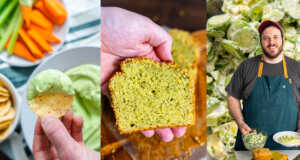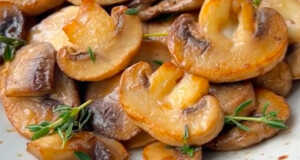I’ll be honest, I first came across a recipe that used cream of tartar back in college. I’ve baked a lot of cakes and most kinds of cookies in my life, but I never had a use for cream of tartar until I had to whip up a batch of snickerdoodle cookies. Having no idea what I was looking for, I searched high and low for some sort of tartar cream that I assumed came in a jar or can. Like cream of mushroom soup, right? Right? Wrong. FYI, it’s in the spice aisle, and it’s not creamy at all.
Now that we’ve got that cleared up, let’s jump into some interesting cream of tartar facts.
What is it?
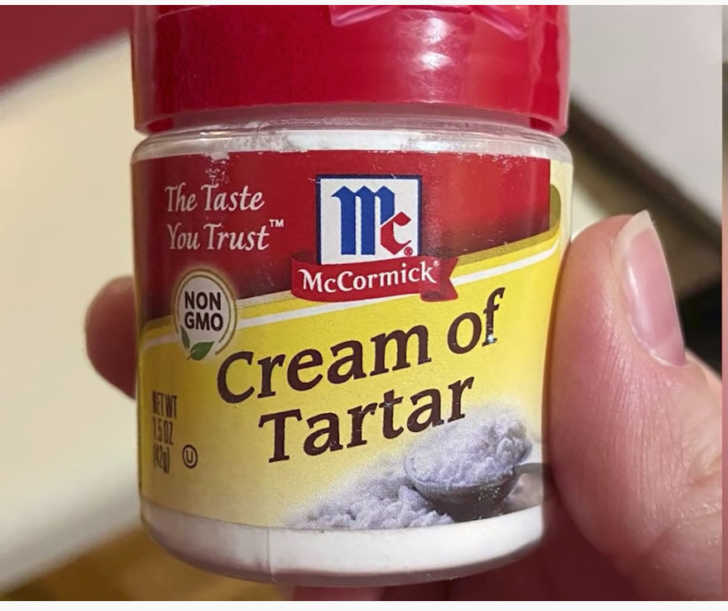
We now know that cream of tartar isn’t a cream, and it doesn’t come in a jar. It’s also worth noting that it has no relation to tartar sauce, not that I also made that mistake while looking for my mystery ingredient.
The short version is that cream of tartar is a byproduct of winemaking, and it helps leaven and balance out recipes. The scientific answer is that cream of tartar is potassium bitartrate, also known as potassium hydrogen tartrate. The formula is KC₄H₅O₆. So. Now you know. Let’s move on to what purpose it serves in baking!
Why is it used?

Cream of tartar is best known as a leavening agent, especially for recipes that call for egg whites. The cream of tartar not only stabilizes the egg whites, but it helps with the light, fluffy texture of the final product. You can find cream of tartar in angel food cake recipes, souffle recipes, even some pancake recipes! And, as I learned, you can also find it in snickerdoodle recipes.
Even if a recipe does not specify cream of tartar, California pastry chef Alice Medrich suggests adding a half of a teaspoon per cup, or a quarter of a teaspoon for every four egg whites.

There are other uses for this mysterious stuff. When making whipped cream, you can add a quarter of a teaspoon of cream of tartar to each cup of heavy cream before you whip it to keep the whipped cream from deflating!
In the case of frostings, icings, and syrups, you can add a little bit of cream of tartar to prevent the sugar from crystallizing. The end result is fluffier frosting and smoother syrups.
Substitutions
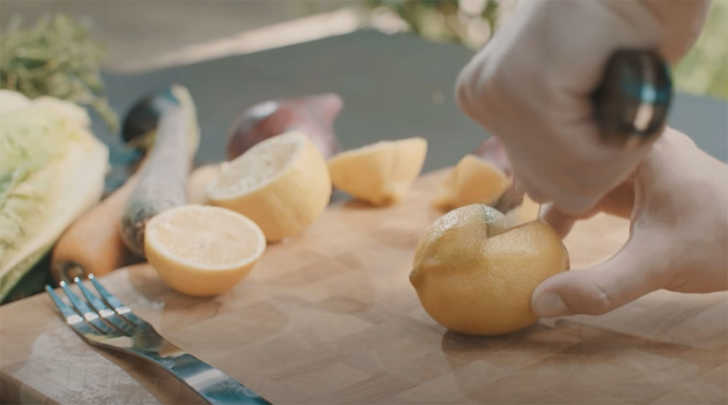
If you’re in the middle of a recipe and you’re blindsided by needing a pinch of cream of tartar and don’t have any on hand, I’ve got you covered! There are a few substitutions that will do the trick. First, you can replace cream of tartar with an equal amount of lemon juice or white vinegar. Just make be careful of using this method in sweet treats, as the vinegar could impact the taste of the final product.
The other substitution is much more palatable. Most recipes that call for cream of tartar will also call for baking soda, as these two create a chemical reaction that helps give cakes and cookies that light, fluffy texture. If this is the case, then you can simply replace both the soda and the cream of tartar with equal amounts of baking powder.
Find out more about cream of tartar in the video below!

